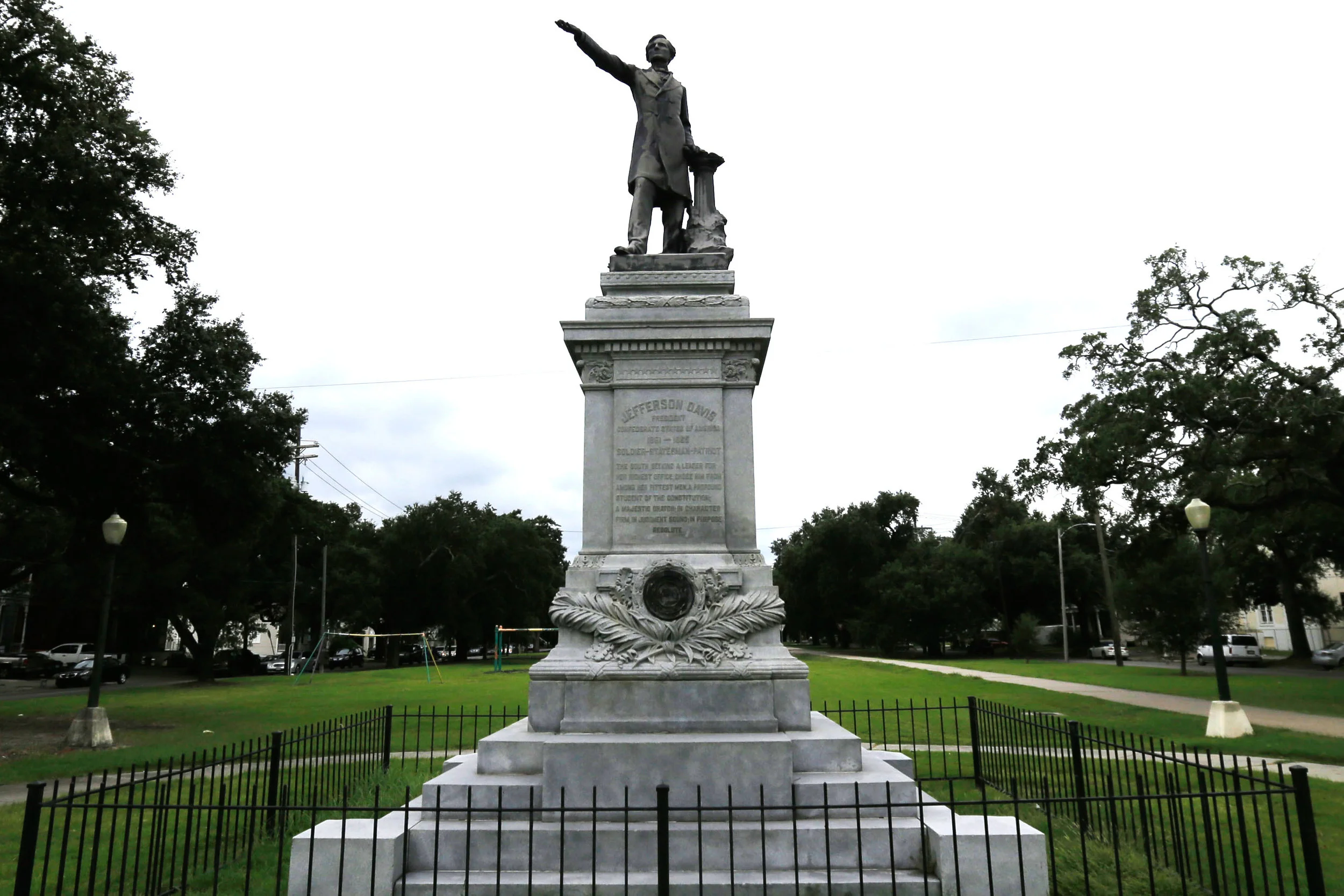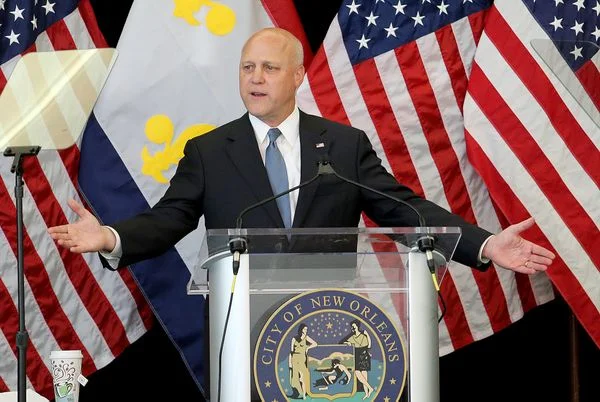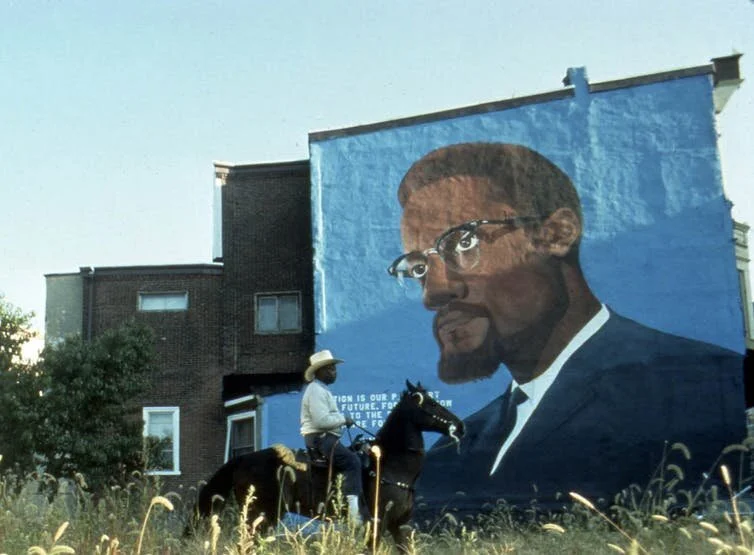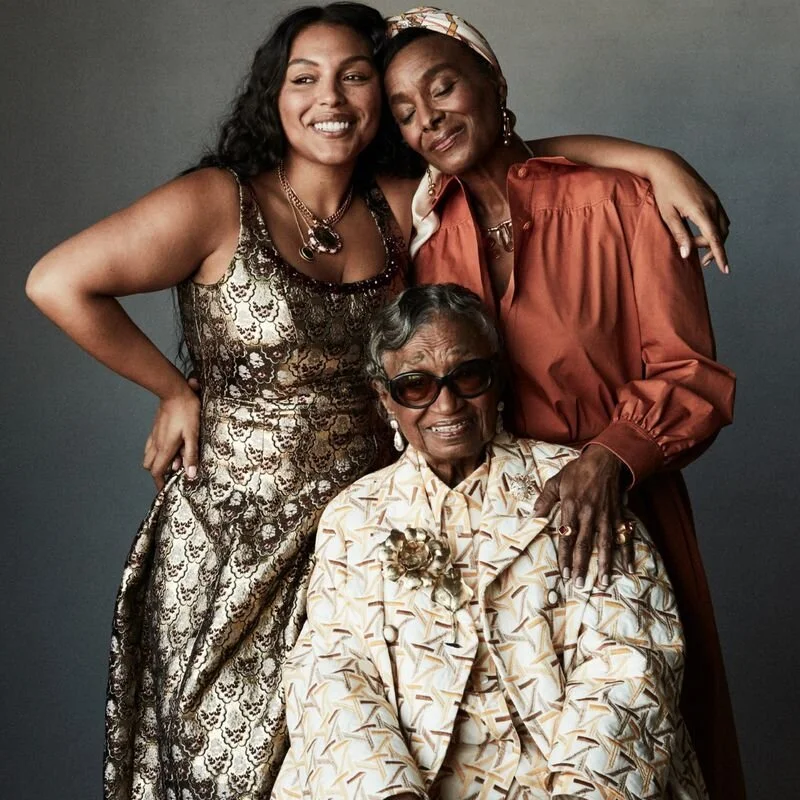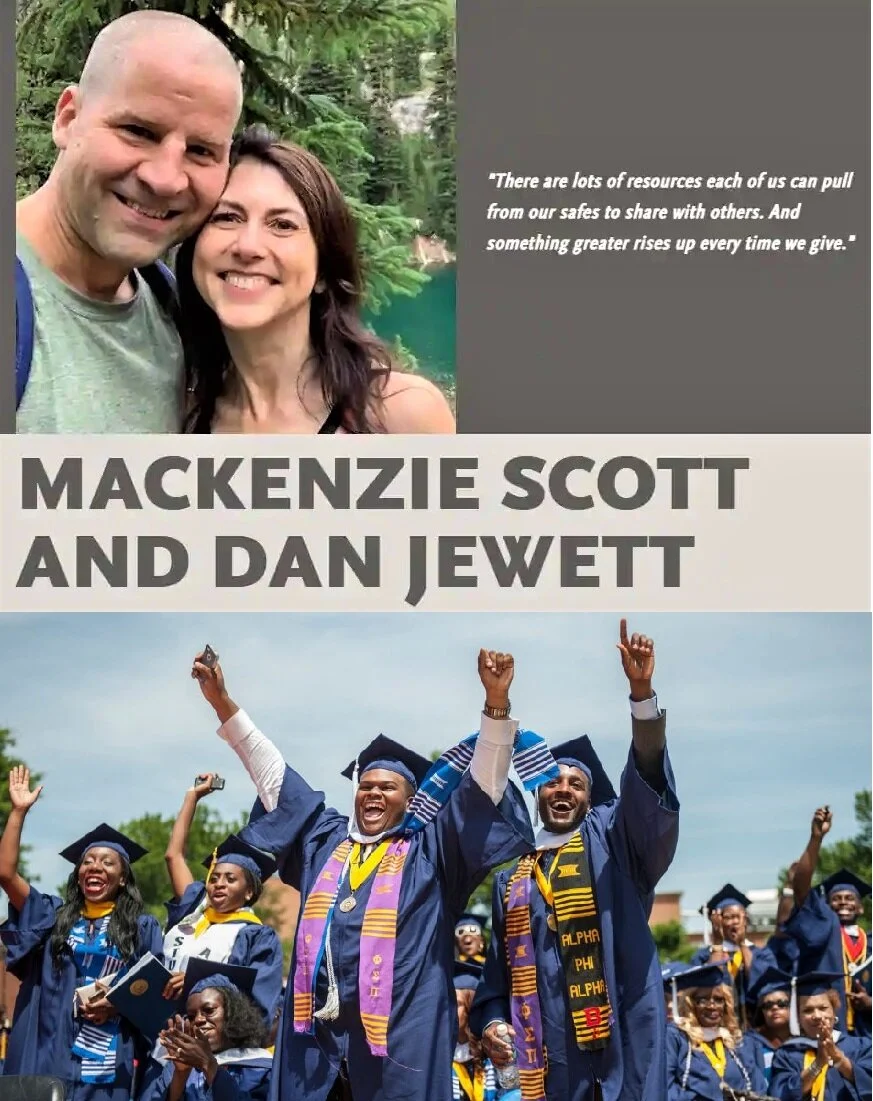Mitch Landrieu Launches E Pluribus Unum Fund For Racial Reconciliation With Backing By Emerson Collective
/Jefferson Davis monument removed in New Orleans
The removal of the statue of Confederate President Jefferson Davis in New Orleans, was the second of four Confederate monuments scheduled by then New Orleans mayor Mitch Landrieu for relocation in advance of the city’s 300 anniversary. The larger-than-life image of Davis atop an ornate granite pedestal roughly 15-feet high was erected in 1911, nearly 50 years after the end of the war, and commissioned by the Jefferson Davis Memorial Association.
A month earlier workers dismantled an obelisk that was erected in 1891 to honor members of the Crescent City White League who in 1874 fought in the Reconstruction-era Battle of Liberty Place against the racially integrated New Orleans police and state militia.
Two other works were also removed in the summer of 2017: a bronze statue of Gen. Robert E Lee that has stood in a traffic circle, named Lee Circle, in the city’s central business district since 1884, and an equestrian statue of P.G.T. Beauregard, a Confederate general.
Former Alabama Senator and Attorney General in the Trump Administration Jefferson Beauregard Sessions III bears the Confederate general’s name.
Protests on both sides of the Confederate statue debate were fierce, prompting Mayor Landrieu to make an eloquent, emotional and gifted speech on the subject of removing the Confederate monuments on Friday, May 19, 2017.
The full text of Landrieu’s speech was published by The New York Times. I consider it to be one of the best speeches I’ve ever heard — from its sweeping beginning to its soul-wrenching end.
Thank you for coming.
The soul of our beloved City is deeply rooted in a history that has evolved over thousands of years; rooted in a diverse people who have been here together every step of the way — for both good and for ill. It is a history that holds in its heart the stories of Native Americans — the Choctaw, Houma Nation, the Chitimacha. Of Hernando De Soto, Robert Cavelier, Sieur de La Salle, the Acadians, the Islenos, the enslaved people from Senegambia, Free People of Colorix, the Haitians, the Germans, both the empires of France and Spain. The Italians, the Irish, the Cubans, the south and central Americans, the Vietnamese and so many more.
You see — New Orleans is truly a city of many nations, a melting pot, a bubbling caldron of many cultures. There is no other place quite like it in the world that so eloquently exemplifies the uniquely American motto: e pluribus unum — out of many we are one. But there are also other truths about our city that we must confront. New Orleans was America’s largest slave market: a port where hundreds of thousands of souls were bought, sold and shipped up the Mississippi River to lives of forced labor of misery of rape, of torture. America was the place where nearly 4000 of our fellow citizens were lynched, 540 alone in Louisiana; where the courts enshrined ‘separate but equal’; where Freedom riders coming to New Orleans were beaten to a bloody pulp. So when people say to me that the monuments in question are history, well what I just described is real history as well, and it is the searing truth.
And it immediately begs the questions, why there are no slave ship monuments, no prominent markers on public land to remember the lynchings or the slave blocks; nothing to remember this long chapter of our lives; the pain, the sacrifice, the shame... all of it happening on the soil of New Orleans. So for those self-appointed defenders of history and the monuments, they are eerily silent on what amounts to this historical malfeasance, a lie by omission. There is a difference between remembrance of history and reverence of it.
New York Times columnist Charles Blow recently shared an interview with Landrieu, and while most of the words darted around a presidential run, Blow revealed interesting information about what may be the mayor’s real next act. a perfect complement to his book, “In the Shadows of Statues.”
Landrieu has started a fund dedicated to helping solve issues of race reconciliation, equity and addressing violence in the south, Blow reported. The effort is primarily funded by the Emerson Collective, which philanthropist Laurene Powell Jobs, the widow of Steve Jobs, leads. Called the E Pluribus Unum Fund, its website pledges says its mission is to "bring people together across the American South ... proving the American motto that ‘out of many, one,’ and we are better for it.
The fund is still in the planning stages, Landrieu told Blow, exploring "if there is a need to or a desire to actually build an institute for racial reconciliation in the South somewhere.”
